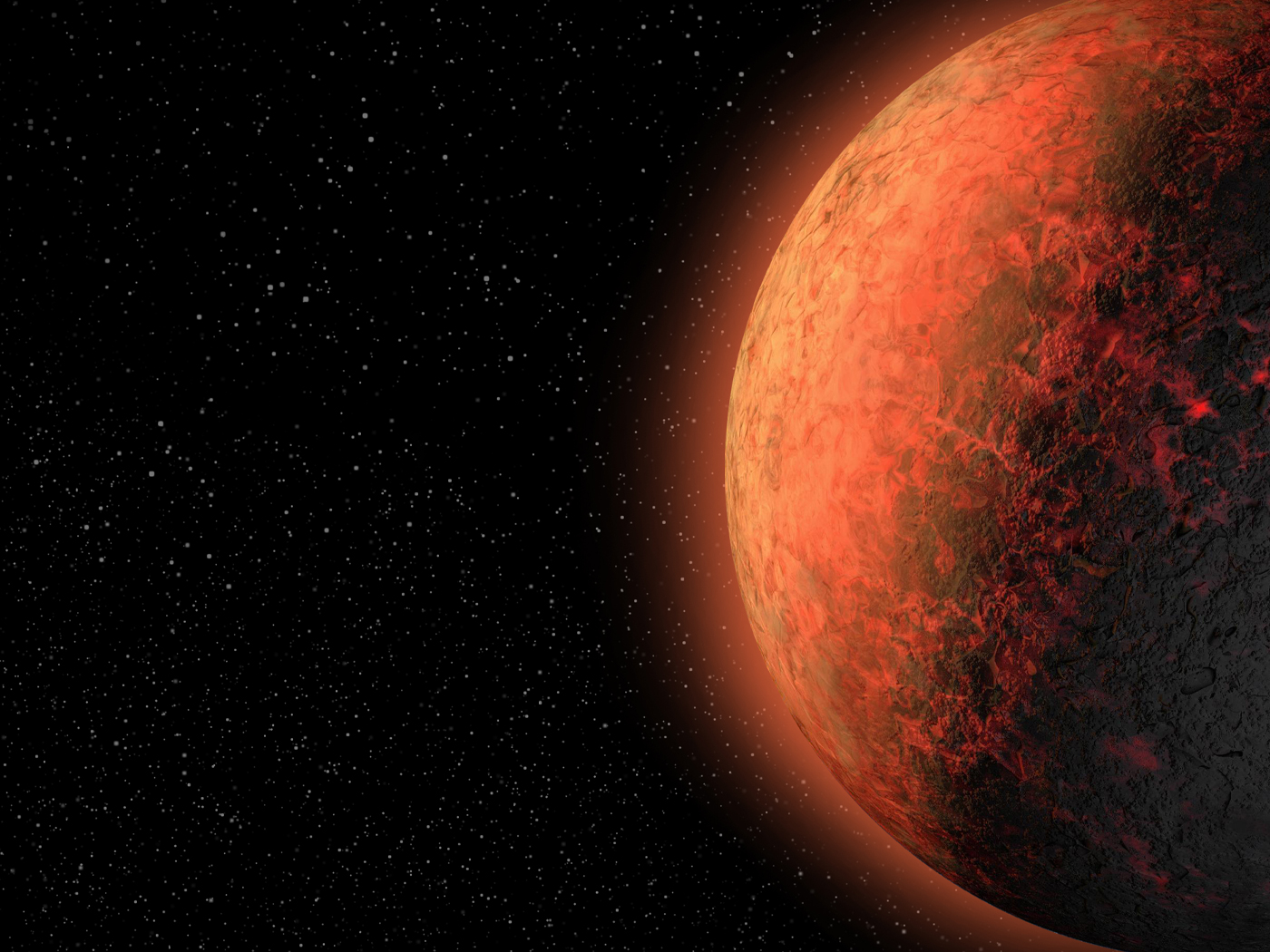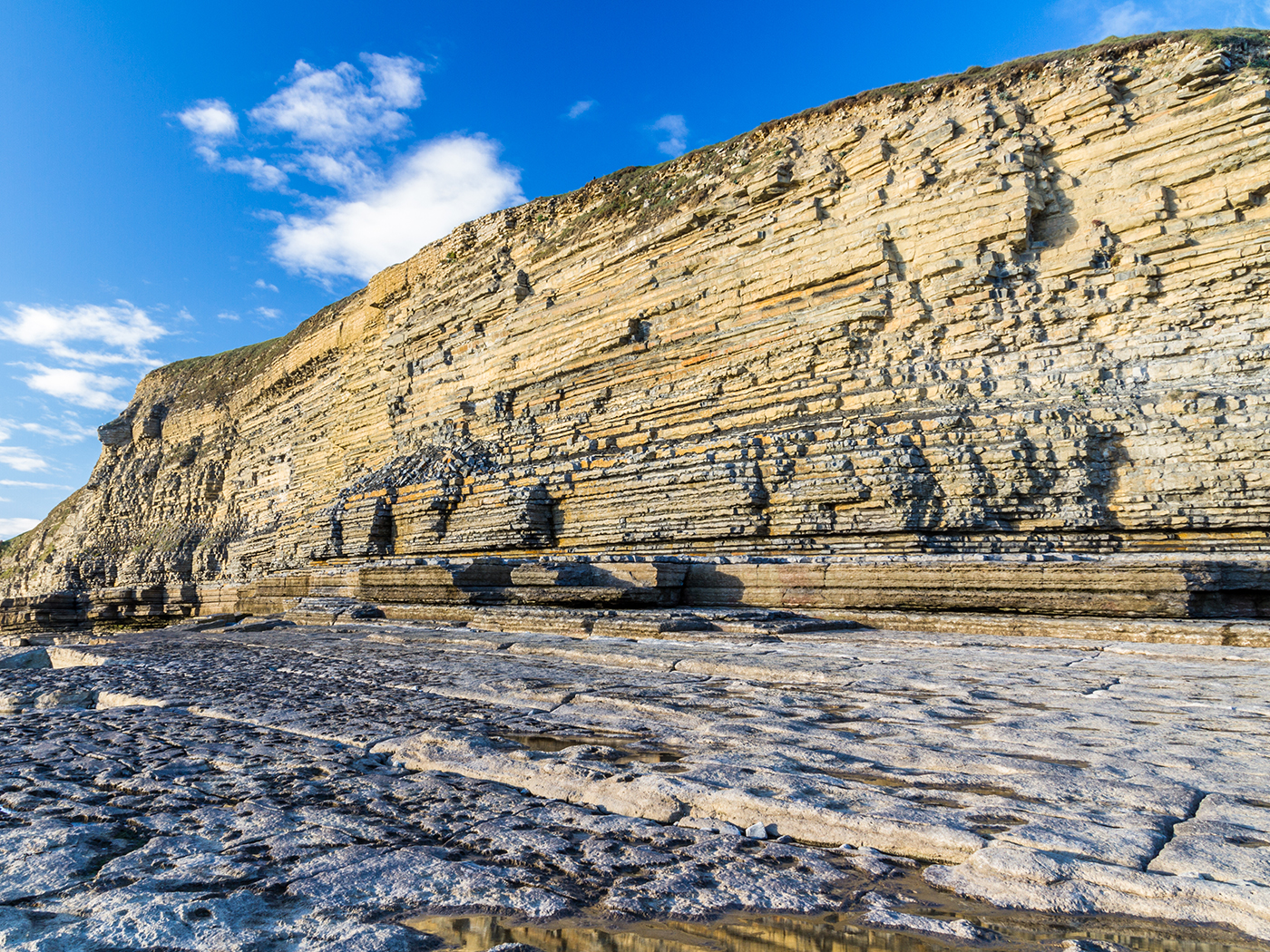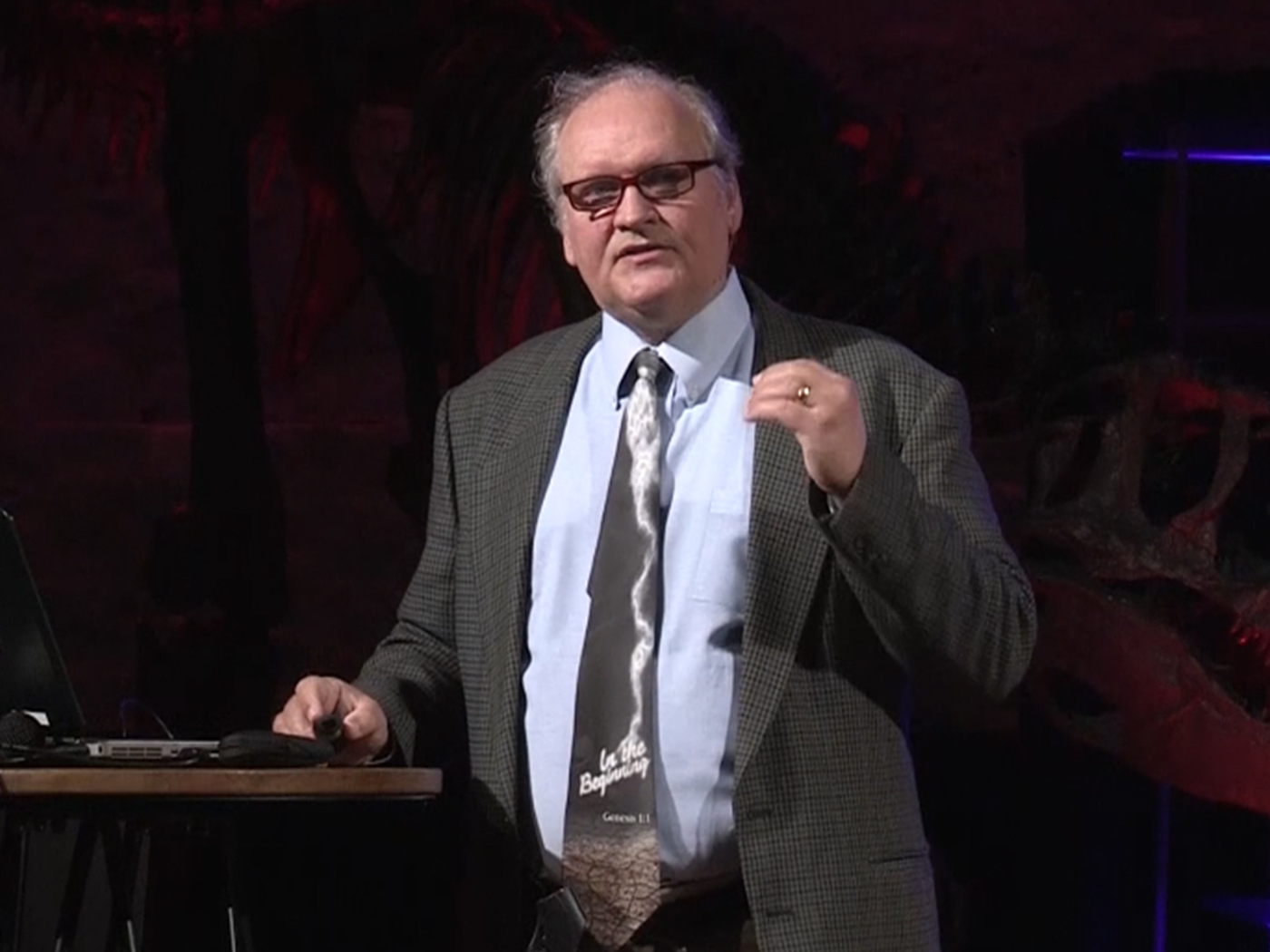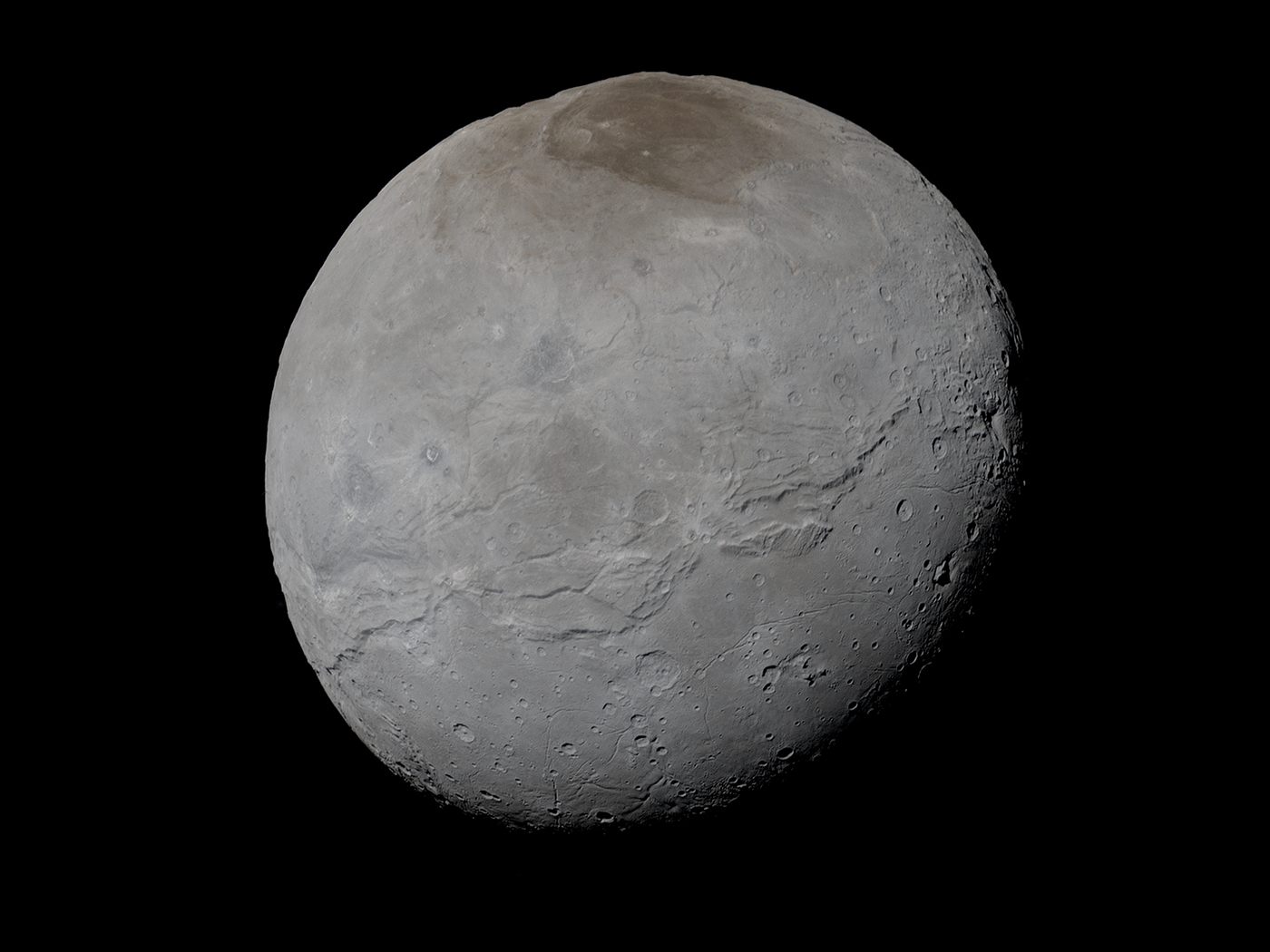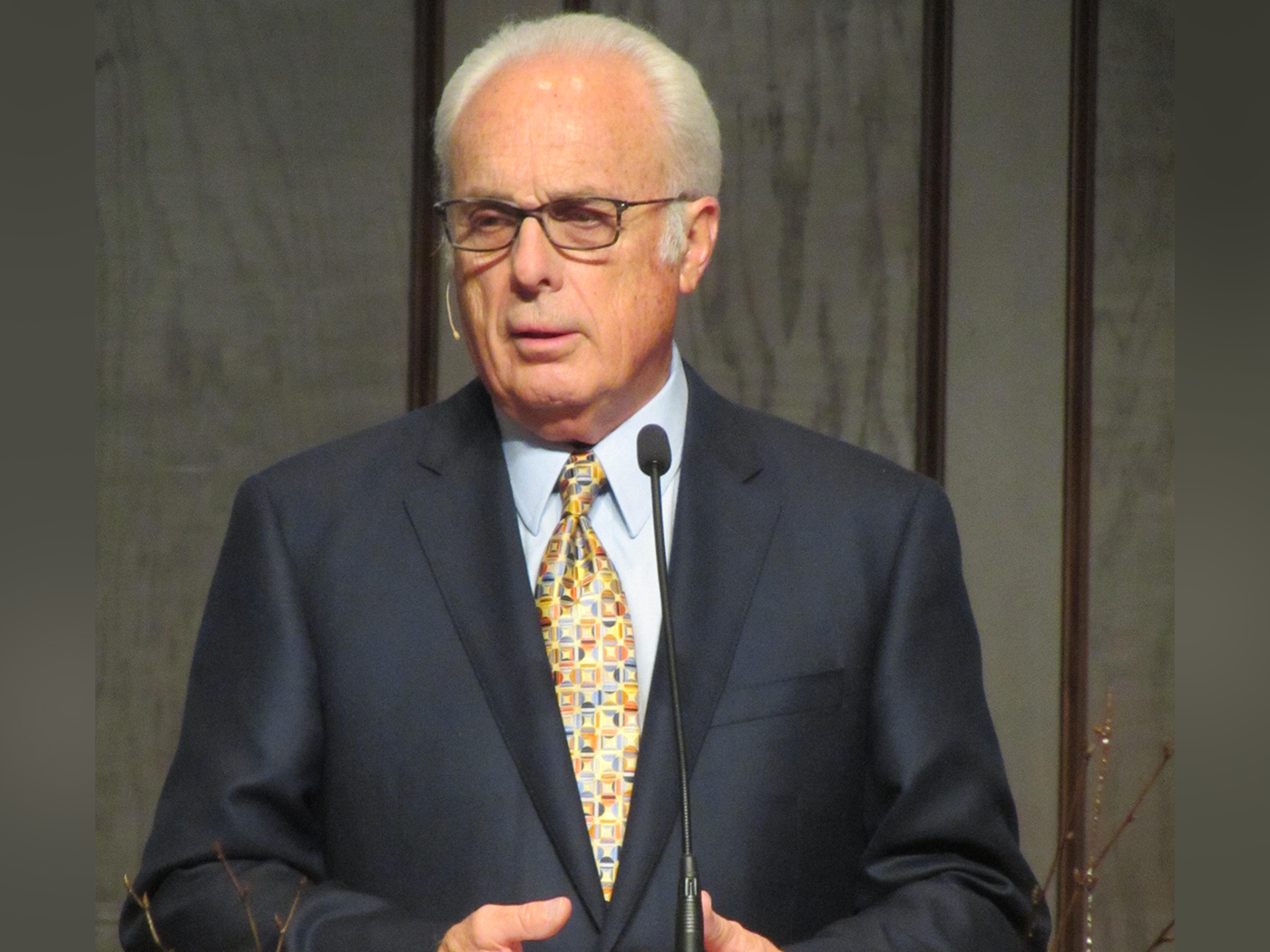Many people in the post-industrialized era have problems with crowded teeth because there's not enough room in their lower jaws. The teeth sometime erupt crookedly and cause malocclusions, or misalignments of the teeth between the upper and lower jaws, which can cause chewing problems.
Some scientists believe that jaw size is inherited, and many have factored this presumption into their speculations about human evolution. But a new study has confirmed that human jaw sizes and shapes vary according to diet, not just ancestry.
Anthropologist Noreen von Cramon-Taubadel published the study in the Proceedings of the National Academy of Sciences. In it, she compared the jaw robustness of five hunter-gatherer populations to that of six agriculturalist populations.
Though there was much overlap, the data clearly showed that the hunter-gatherer groups—including populations of the Alaskan Inuit, Australians, and Central Africans—tended to have more room in their mandibles (lower jaws). The diets of these populations consist primarily of unprocessed foods that require more chewing. Agriculturalist groups, including Italians and Japanese, had "relatively short and broad mandibles."1
Many of those who had to chew their food more vigorously developed larger mandibles and thus had enough tooth space. And that clearly implies that all human populations can grow different-size mandibles in response to chewing needs. Dr. von Cramon-Taubadel checked her results against other possible causes of the jaw differences and ruled out genetic ancestry. If changing jaw sizes is not directly inherited, then it cannot be ascribed to evolution, because evolution requires new traits to be heritable.
Nevertheless, the study author referred to the groups' different diets as different "selective pressures." She wrote, "Masticatory [chewing] pressure acts preferentially on the mandible rather than the maxillary [upper jaw] region, [and] the results presented here suggest that the mandible can evolve independently."1
But she merely asserted that natural selection "acted" without proof or evidence. Perhaps some other factor causes mandibles to change shape.
One possibility relates to the fact that many bones in the human body grow thicker with use, even after they have matured. For example, the arm bones connected to a tennis player's dominant hand can become over 11 percent thicker than the other arm's bones.2 Obviously, clever sensory systems are at work inside the bones, informing the bone-building cells to work harder when needed.
It stands to reason that a similar mechanism would be deployed in mandible bone. But this means that instead of citing the "selective pressure" of hard-to-process foods—which are entirely passive—credit for variable-response bone growth should go to the bone-building cells and their interrelated sensory mechanisms that actively adapt according to the needs of processing food.
Of course, the credit for such bone growth capability actually belongs to the Creator, who programmed it in the first place. Hard-to-chew food does not "act" in any way, much less to form larger jaws as von Cramon-Taubadel stated. Instead, pre-programmed biological mechanisms act to build a jaw with sufficient strength to process the food that is available.
The only reason that is possible is because the Creator designed these mechanisms in the first place, so that mankind would then be sustained by the food He provides in rich variety.
References
- von Cramon-Taubadel, N. 2011. Global human mandibular variation reflects differences in agricultural and hunter-gatherer subsistence strategies. Proceedings of the National Academy of Sciences. 108 (49): 19546-19551.
- Bass, S. L. et al. 2002. The Effect of Mechanical Loading on the Size and Shape of Bone in Pre-, Peri-, and Postpubertal Girls: A Study in Tennis Players. Journal of Bone and Mineral Research. 17 (12): 2274-2280.
* Mr. Thomas is Science Writer at the Institute for Creation Research.
Article posted on January 3, 2012.





